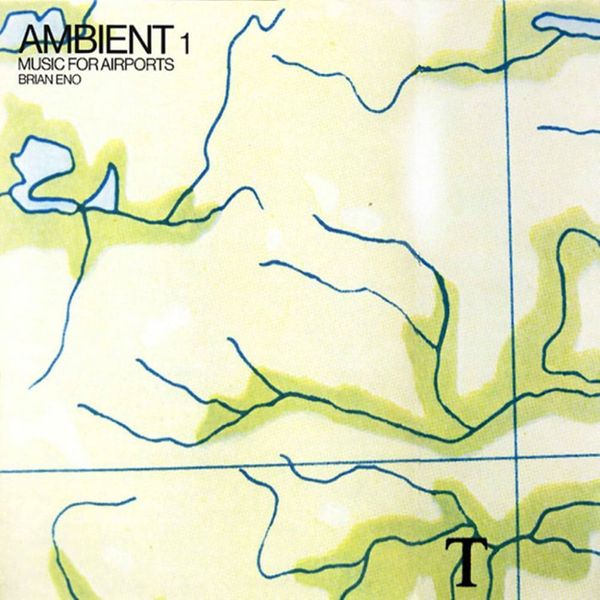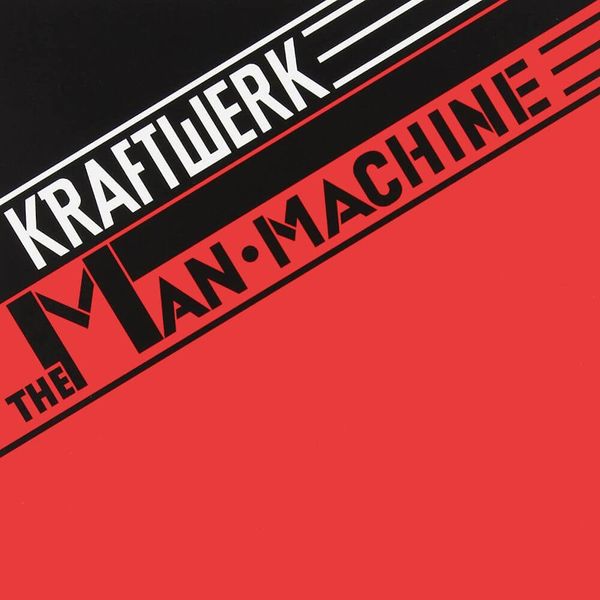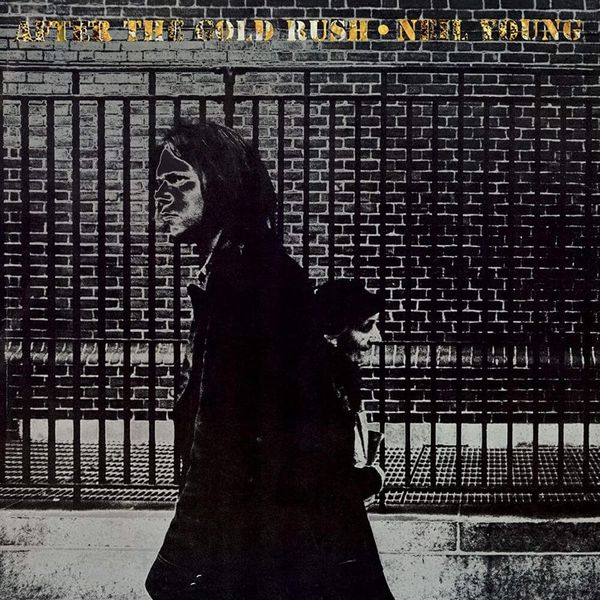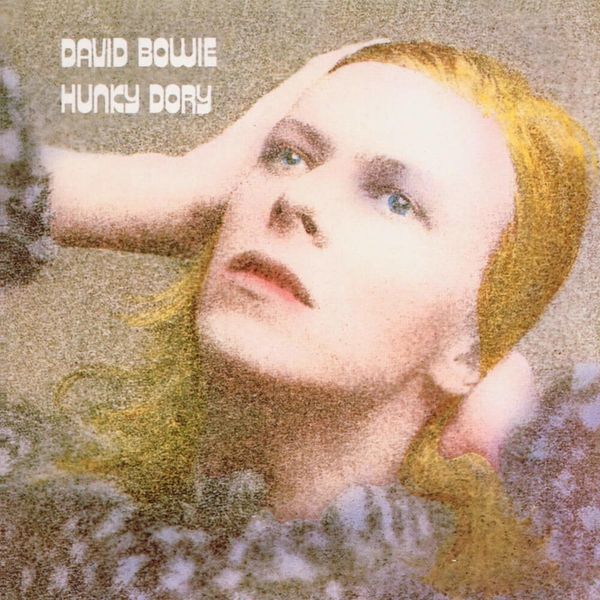André
In alliance with Tony Visconti and Brian Eno, Bowie achieved a striking balance on Low, an equilibrium uncovered between the experimentation of avant-garde electronic music and the melodic sensibilities of pop and glam-rock that Bowie was already familiar with.
The feeling of disconnect between the two sides can be initially startling, but you’re subsequently rewarded with something truly captivating. The second side is particularly sublime, its emotional and reflective tones forging to paint a beautiful scene of melancholy that is made more powerful due to the fragmented portion of the album that precedes it.
Combining Bowie’s newfound sense of clarity with his appreciation for the rise of experimental music, Low is quite possibly Bowie at his most creative point. Upon listening, you hear Can, you hear Kraftwerk, and you — naturally — hear Eno, but most crucially of all, you still hear Bowie. A stunning record that will continue to remain timeless in its ambition and purity.
9 out of 10
Fred
It is an absolute pleasure listening to Low. Written and produced in the midst of Bowie’s come-down from cocaine addiction, the album is infused with a gentle clarity that you’re not conditioned to expect from much of his work. Although its depth of sound is rightly renowned and celebrated, the precise measure and care with which it is pieced together is what elevates it above much of Bowie’s works before and since.
Between the delicious bite-sized servings of vintage Bowie glam-rock and the brooding beauty of the instrumental pieces, Low is a model two-sided album; something that adapts the format and twists it to its own ends. What results is a delicate and insightful balance of showmanship and reflection. The second side, behind the glinting eyes of the first, is as beautiful a soundscape as your are ever likely to hear. Low is quietly, tentatively top-draw, and it deserves everyone’s time.
9 out of 10
Andrew
If any album were going to remind the digital music listener that one used to be required to switch sides in the middle of the album, Low would probably be a pretty good contender. The first side is an expected, well formed (if slightly hurried) '70s pop album and the second is made up of four widely contrasting soundscapes.
Because of the breadth, trying to cover all of the instrumentation succinctly is nigh on impossible, but each track provides something new and notable to find interest in, nothing is just there as a filler. This is similarly true with the production, with a tiny attention to detail in the panning. Without the second side of the album however, the album wouldn’t be quite so noteworthy.
Though both sides provide an enjoyable 40 minutes, the second side’s less conventional approach makes Low a very interesting listen, and one that will stick in the mind and leave me wanting to return to it again and again.
9 out of 10



